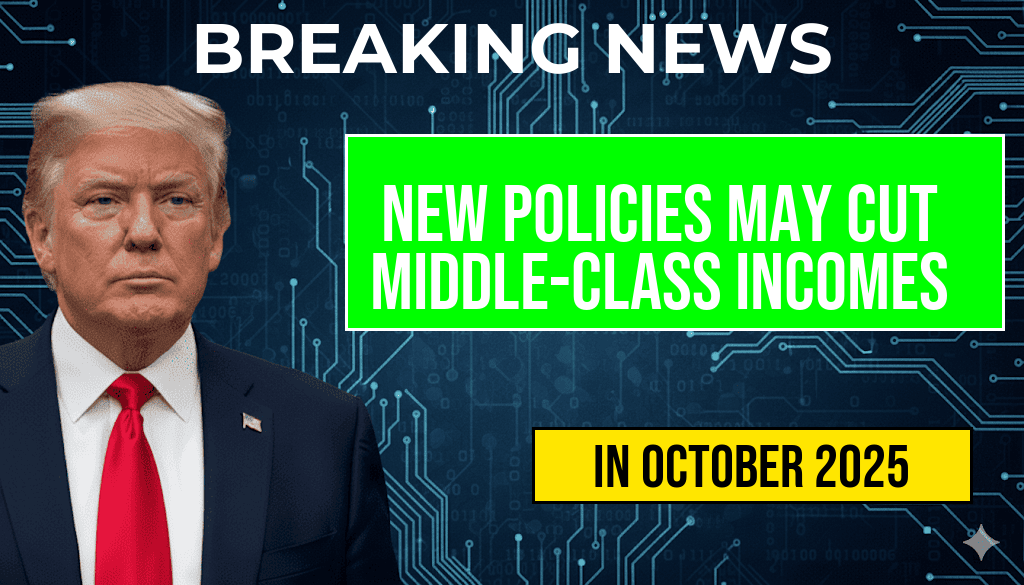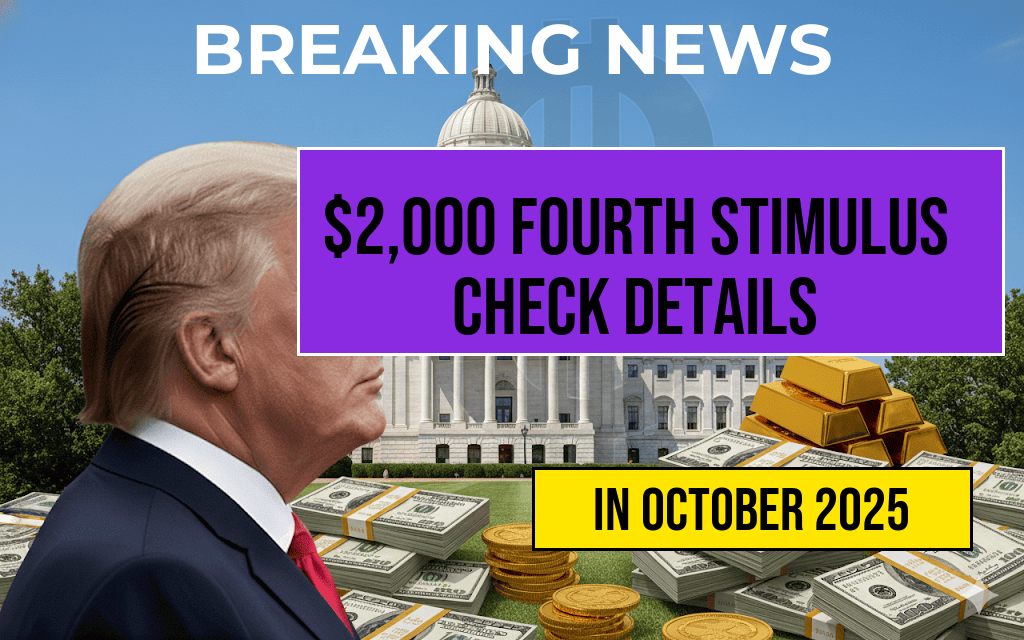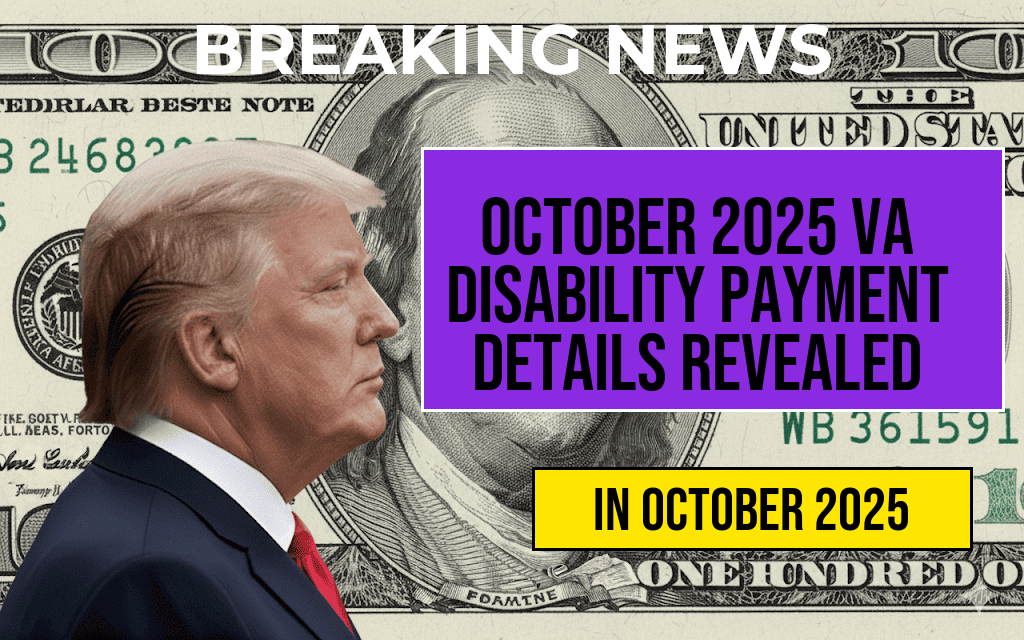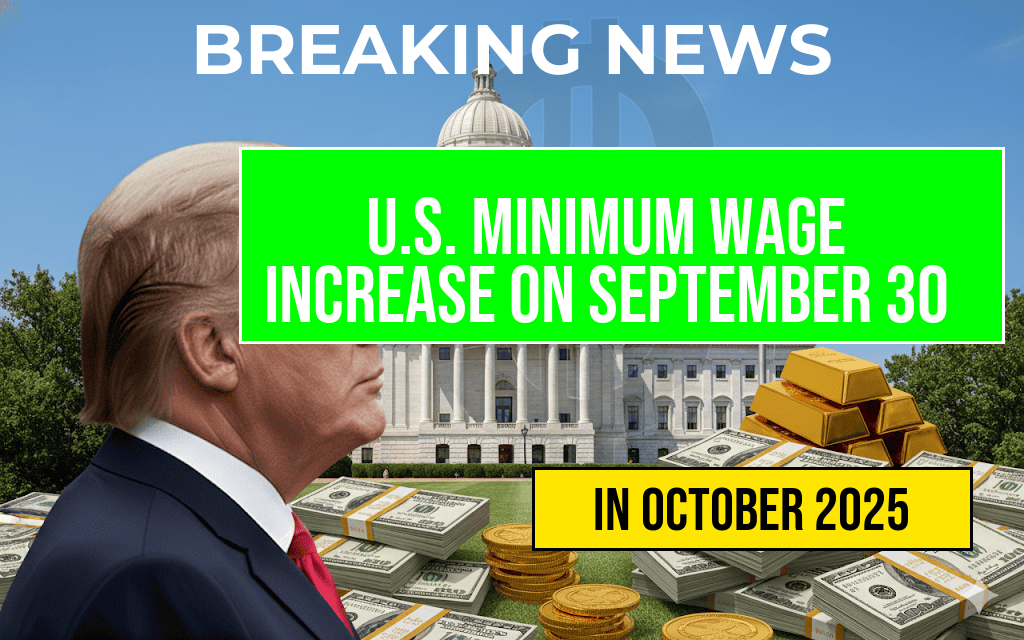Recent analyses suggest that proposed economic policies could lead to a significant decrease in middle-class incomes, with projections estimating an average loss of $1,300 per household by the year 2027. These changes stem from various legislative efforts aimed at reshaping tax codes and social benefits, which, while intended to address wealth inequality, may inadvertently impact the financial stability of middle-income families. As lawmakers continue to debate these policies, economists and financial analysts warn of the potential ripple effects that could exacerbate existing economic challenges for the middle class.
Understanding the Proposed Policies
The new policies under consideration include adjustments to taxation and modifications to social safety net programs. Proponents argue that these changes are necessary to redistribute wealth more equitably across the population. However, critics caution that the burden of these reforms may disproportionately fall on middle-class families.
Key Components of the Policies
- Tax Reforms: Proposed changes to tax brackets could lead to increased liabilities for many middle-income families.
- Social Benefits Adjustments: Modifications to programs like Medicare and Social Security may reduce available resources for households that depend on these benefits.
- Increased Costs of Living: Changes to regulations may inadvertently raise the cost of essential goods and services, further straining household budgets.
Economic Implications
Analysts predict that the combined effects of these policies could result in a notable decline in disposable income for middle-class families. A recent study by the American Economic Association highlights that families earning between $50,000 and $100,000 may see their real income shrink as a result of both direct and indirect impacts from the proposed legislation.
Projected Income Changes
| Income Level | Current Average Income | Projected Income Loss | New Average Income |
|---|---|---|---|
| $50,000 – $75,000 | $65,000 | $1,300 | $63,700 |
| $75,000 – $100,000 | $85,000 | $1,300 | $83,700 |
Public Response and Concerns
The proposed changes have sparked significant discussions among economists, political commentators, and the general public. Many middle-class families are expressing concerns over how these policies will affect their livelihoods. A survey conducted by the Pew Research Center found that 62% of respondents feel that their financial situation could worsen due to government policy changes.
Voices from the Community
“It feels like we are being squeezed from all sides,” said Jessica Malone, a middle-class worker from Ohio. “With rising costs of living and now potential tax increases, it’s hard to see how we can keep up.” Such sentiments are echoed across various demographics, highlighting a growing anxiety about financial stability.
Future Outlook
As legislators grapple with these complex issues, the potential income reductions for middle-class families remain a critical point of contention. Advocates for the policies argue that they are necessary for long-term economic reform, while opponents warn of the immediate adverse effects on a demographic that is already facing financial pressures.
Policy Alternatives
- Incentives for Middle-Class Growth: Proposals for tax credits aimed specifically at middle-income households could help mitigate income losses.
- Investment in Education and Job Training: Focusing on skill development may provide better job opportunities and enhance income stability.
- Healthcare Reforms: Ensuring that healthcare remains affordable can alleviate some financial burdens on families.
The outcome of these discussions will likely shape the economic landscape for years to come, making it imperative for policymakers to consider the broad implications of their decisions. As the debate continues, the middle class watches closely, hoping for solutions that prioritize their financial wellbeing.
Frequently Asked Questions
What are the new policies that could impact middle-class incomes?
The new policies refer to a series of economic measures proposed by the government that may lead to a reduction in disposable income for the middle class over the coming years.
How much could middle-class incomes decrease by 2027?
According to the article, the potential decrease in middle-class incomes could reach up to $1,300 by the year 2027.
Who will be affected the most by these income reductions?
The middle class is expected to bear the brunt of these new policies, with specific focus on households that rely on stable income for their daily expenses and savings.
What factors are contributing to the projected income decline?
Factors contributing to the projected income decline include changes in taxation, government spending, and economic growth rates that disproportionately affect middle-class families.
Are there any proposed solutions to mitigate the income loss?
While the article highlights the potential income loss, it also suggests that policymakers are considering alternative measures to alleviate the financial burden on the middle class, although specifics were not detailed.











